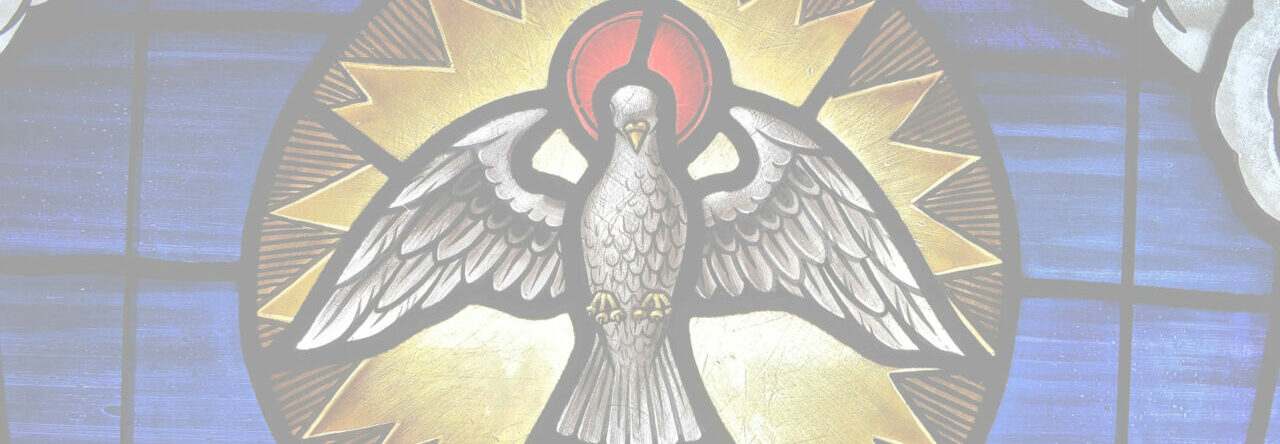I’m an occasional contributor to Afterlife, a New Zealand Website exploring the questions of life, death and eternity, from an Evangelical Christian perspective. My latest article there, Can These Bones Live? The Resurrection of the Body is now available.
Is it really clear that the first Christians believed in the empty tomb of Jesus and in the resurrection of our bodies, leaving all the graves empty?
Check out the rest of the article, in which I explain that the earliest Christian community maintained that in the resurrection of Jesus, his body came back to life, setting the precedent for the resurrection of all the dead.

Stuart
Interesting article, Glenn. I am inclined to accept your argument. As N.T. Wright says, if the disciples had merely seen visions of Jesus after his death they would have thought that they had seen a ghost, not a resurrected man. It occurs to me, however, that there is another way of looking at things. The disciples might have seen visions of Jesus rising from the dead and believed that it was something which was going to happen, not something which had already happened.
The original proclamation was that Jesus was going to rise, probably in the near future. So there wouldn’t have been any debate about what had happened to the body; the body would still be in the tomb and this wouldn’t have any bearing on the proclamation. Also, there wouldn’t be any question of providing proof of the resurrection in general. The test of what the disciples were saying lay in the future.
However, when the disciples said that they had seen Jesus they were telling the truth. Jesus had appeared to them, but not as a concrete physical entity. The resurrection was an event that lay in their future, but it was already a present reality for them because their visions had provided a guarantee that it would happen. Over time the understanding of the original experience changed so that people came to think that the appearances were appearances of an already resurrected Jesus.
Tim
Stuart, that’s an interesting possibility, but the problem is that it’s just not what the early Christians claimed. Many of the post-resurrection stories emphasise the fact that Jesus was really, physically, there; for example, eating with his disciples, or inviting Thomas to touch his wounds. The only way I can see of fitting these in to your theory is to suggest that these were added (or changed) later on as the story grew. I don’t want to start a big tangent here, so I’ll just say that I think that claim would fall victim to the same refutations used against the claims that the resurrection was invented in its entirety.
Stuart
Tim, I don’t agree that my scenario is as vulnerable to refutation as the alternatives. A crucial argument for the resurrection is that if it hadn’t happened then the authorities could have quashed the rumours by pointing to an occupied tomb. My scenario avoids this problem.
Also, I don’t think that something like the story of doubting Thomas is an argument against my scenario. Suppose that Thomas had a dream in which he saw Jesus and was able to touch his wounds. This would prove to Thomas that Jesus was going to be physically raised from the dead. The story would not have to change, only the interpretation of it would.